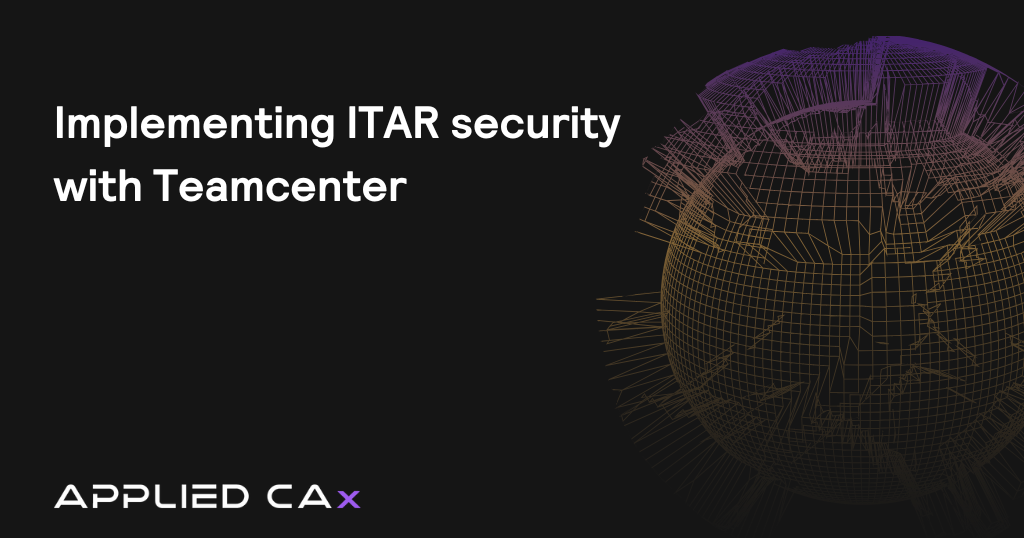Outline:
- Warping and Residual Stresses in Fillet Welded T-Joint
- Transient nonlinear stress analysis with temperature dependent mechanical properties
- Modeling – Where to begin? What should the geometry look like?
- Partial penetration welds (i.e., internal free face)
- Sharp corner vs. chamfer vs. fillet
- Glued connections vs. merged nodes
- Weld zones (i.e., ASME SEP)
- Heat affected zone (i.e., a different material model?)
- Meshing – Ok, we’ve decided how we want to idealize it. How do we mesh it?
- The mesh convergence trap
- Connecting dissimilar mesh types
- Fillet welding (i.e., 3DOF)
- Post Processing – Taking stresses or forces from the FE model and calculating useful results.
- Nominal stress methods (ASME VIII, special S-N curves, fatigue knockdown factors)
- Structural stress methods (Hotspot, extrapolated stress)
- Extracting forces with FBDs
- Blodgett’s Hand Calculations








